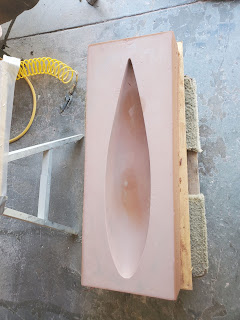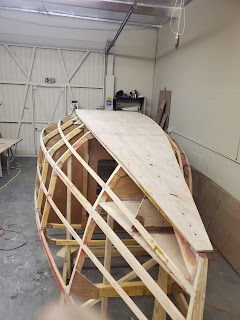Read at your own risk...

So, it's been a while. Lots of painting before this, but I'll fill in those posts as soon as I can get to them. This one is more important and could actually have some info that's useful for us 5.80 guys and gals. DISCLAIMER: This is a description of MY thought process and MY results. Your results may vary. Please don't copy my thoughts, designs, processes or mistakes without engaging your own brain and deciding if it will work for you. I take no responsibility if your boat falls out of the sky into the water, onto the hard or onto someone's head. I will disavow any knowledge of your sources or process if something bad happens. This message will self destruct after reading. I'm working on an internal lifting harness. They're really nice to have, and my boat will be dry stored on a trailer in a yard. Our club requires an internal lifting harness, conceivably because people do dumb stuff with slings. These things include having the slings slide apar





